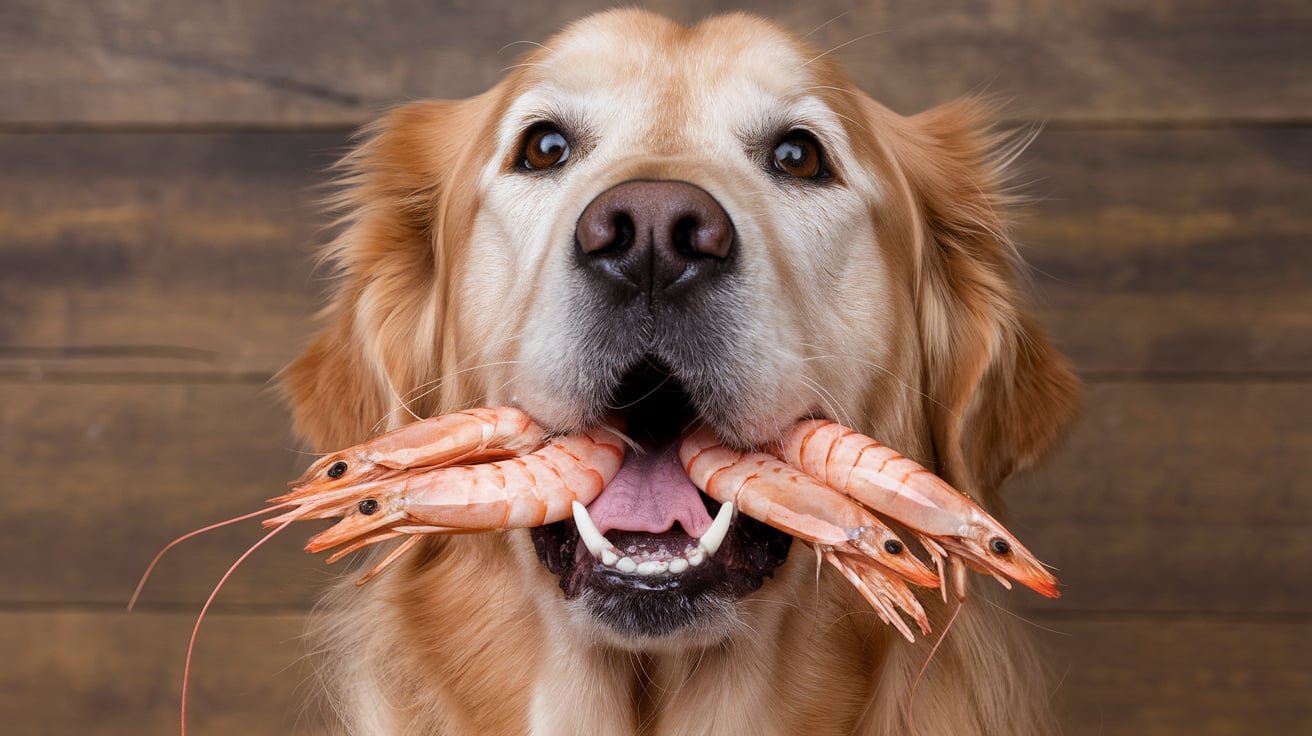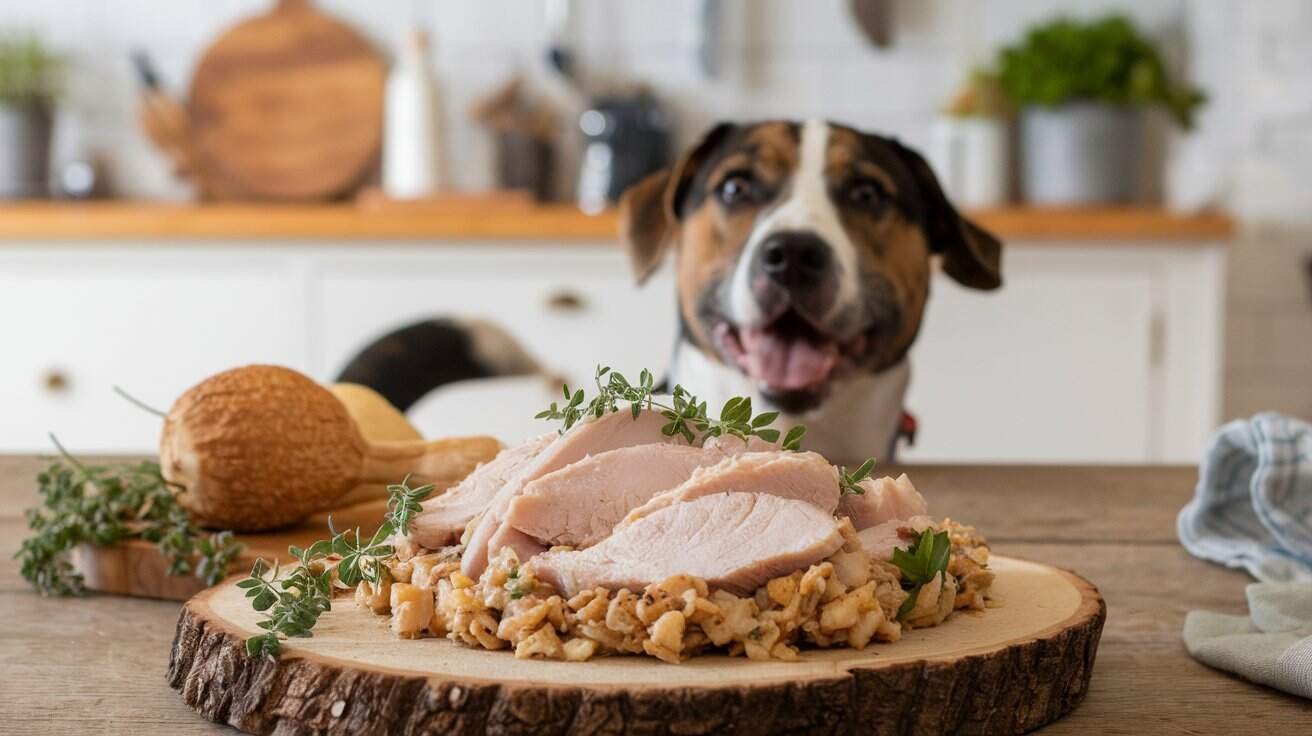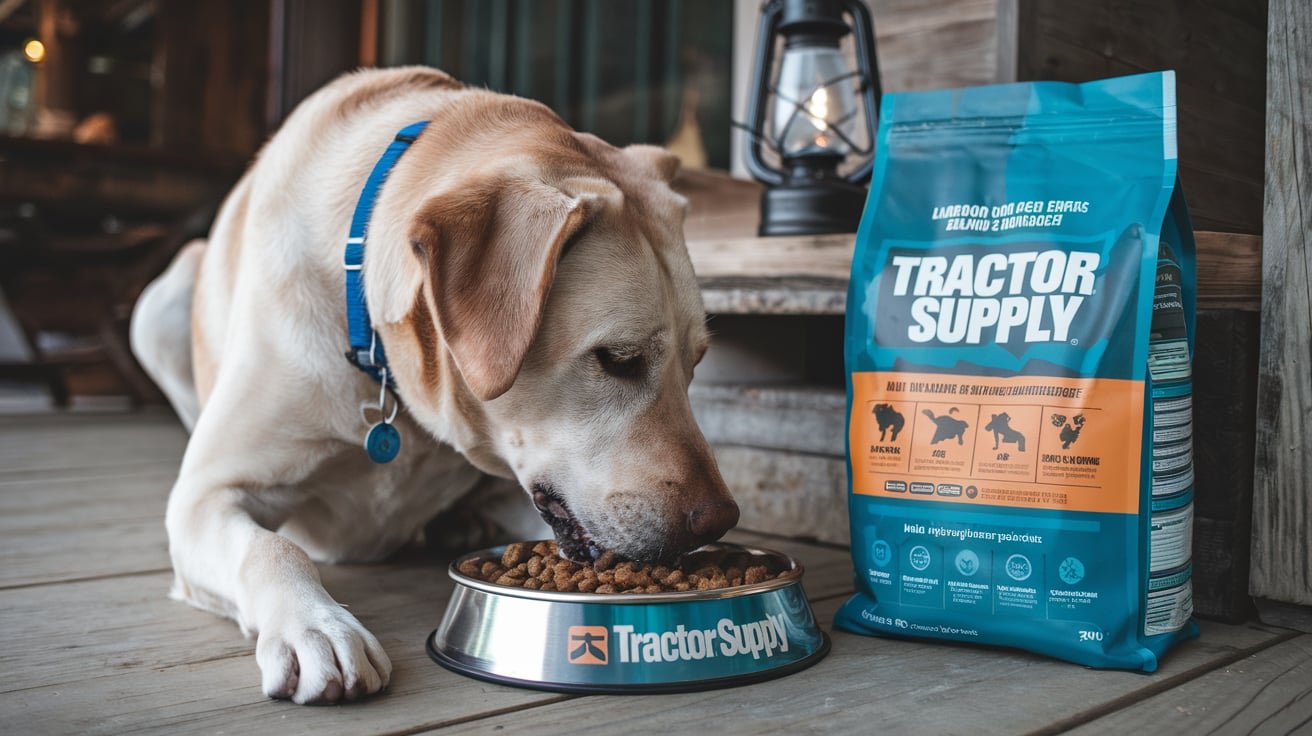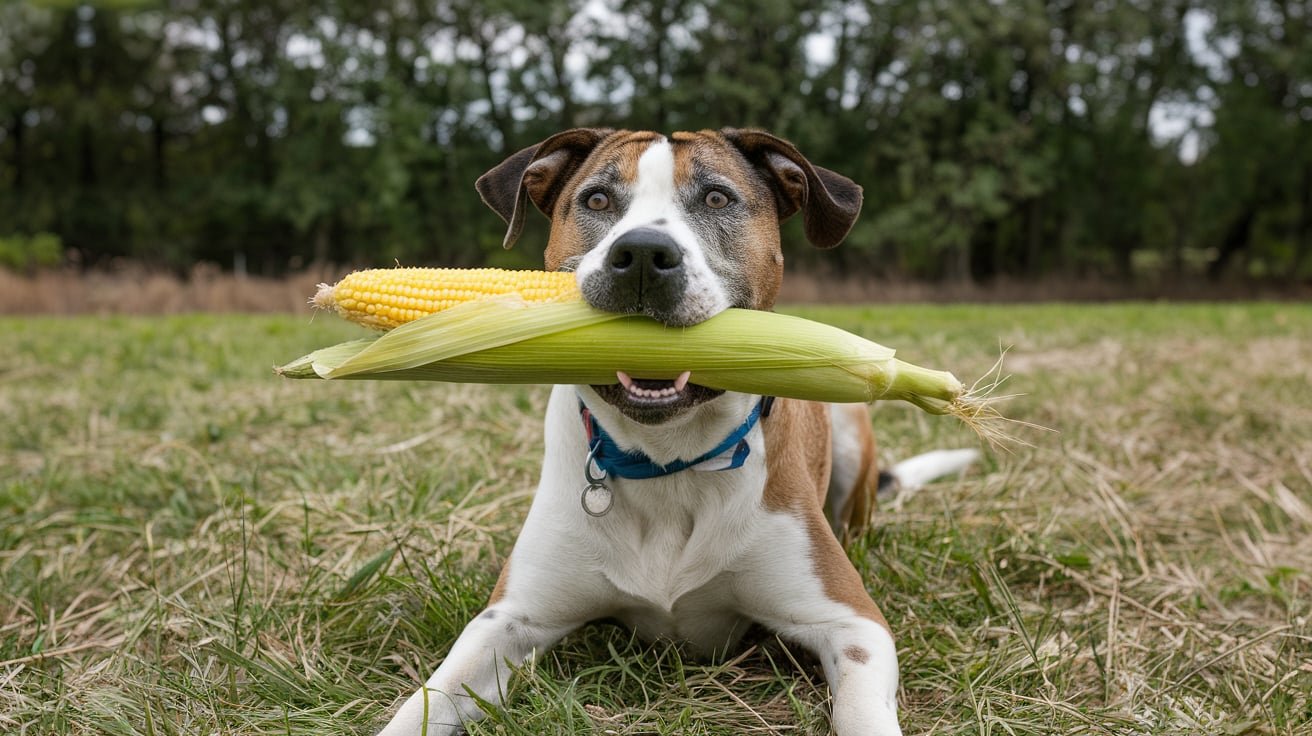Introduction: Can Dogs Eat Prawns?
If you’re a dog owner, you’ve probably wondered at some point whether it’s safe to share your food with your dog—especially when they give you those adorable, begging eyes! One common question UK dog owners have is, “Can dogs eat prawns?“
Prawns are a popular seafood option here in the UK, and they can be found in everything from stir-fries to prawn cocktail sandwiches. But when it comes to feeding prawns to your dog, it’s important to consider whether they’re safe and how to serve them properly.
In this article, we’ll explore the nutritional benefits of prawns, any potential risks, and how you can safely offer prawns to your dog. Plus, I’ll share a personal story that might help you decide if prawns are a good option for your furry friend.
1. Are Prawns Safe for Dogs?
The short answer is: Yes, dogs can eat prawns—but with certain precautions. Prawns can be a healthy treat when they’re fully cooked and served without any harmful additives. However, like with any human food, there are a few things you need to keep in mind before feeding prawns to your dog.
Nutritional Benefits of Prawns
Prawns are not only safe for dogs, but they’re also packed with essential nutrients that can be beneficial to your dog’s health, including:
- Protein: Prawns are high in protein, which is essential for muscle development and tissue repair in dogs.
- Omega-3 Fatty Acids: These healthy fats found in prawns can support your dog’s skin, coat, and joint health.
- Vitamins and Minerals: Prawns are a source of vitamins like B12, which is crucial for maintaining healthy brain function and energy levels. They also provide phosphorus, which supports bone health.
Pro Tip: Feed prawns to your dog in moderation. While they offer great nutrients, too many prawns could add unnecessary calories to your dog’s diet.
2. Risks of Feeding Prawns to Dogs
While prawns are safe for dogs to eat, there are a few potential risks that you need to be aware of before adding them to your dog’s diet.
Allergies to Shellfish
Just like humans, dogs can have allergies, and shellfish (including prawns) is a common allergen. If it’s your dog’s first time trying prawns, offer a small amount and watch for any signs of an allergic reaction. Symptoms may include:
- Itching
- Swelling around the face or mouth
- Vomiting or diarrhoea
If you notice any of these signs after your dog eats prawns, it’s best to consult your vet immediately.
Choking Hazards
Raw prawns come with shells, tails, and even heads, all of which can be a choking hazard or cause internal blockages if swallowed. This is why you should always serve fully cooked and de-shelled prawns to your dog.
I remember one summer BBQ where my cousin’s dog accidentally grabbed a prawn with its shell still on. Thankfully, we managed to get it out of his mouth before any harm was done, but it was a scary moment! Since then, we’ve been extra careful about keeping any seafood out of reach unless it’s prepared for him.
3. How to Prepare Prawns for Your Dog
If you’ve decided to treat your dog to some prawns, it’s important to prepare them in a safe and healthy way. Here’s a step-by-step guide:
Step 1: Choose Fresh Prawns
Fresh or frozen prawns are ideal for feeding your dog. Avoid pre-cooked prawns, as they often contain seasonings and additives like salt, garlic, or onion, which can be harmful to dogs.
Step 2: Fully Cook the Prawns
Never feed your dog raw prawns! Raw seafood can contain harmful bacteria, which can lead to foodborne illnesses in dogs. Boil, steam, or grill the prawns without adding any spices, butter, or oils.
Step 3: Remove the Shells and Tails
Always remove the shells, tails, and veins before serving prawns to your dog. These parts are not only difficult to digest but can also pose a choking hazard.
Step 4: Cut into Small Pieces
For small dogs or puppies, it’s best to cut the prawns into bite-sized pieces to prevent choking and make it easier for them to eat.
Step 5: Serve in Moderation
Like any treat, prawns should be given in moderation. Stick to a small portion, especially if it’s your dog’s first time trying prawns.
4. Are Raw Prawns Safe for Dogs?
No, dogs should not eat raw prawns. While some owners might think it’s okay to give their dogs raw seafood, raw prawns can carry bacteria like Salmonella and Listeria, which are harmful to dogs.
Additionally, raw prawns may still have their shells and tails, which can cause serious digestive problems. Always opt for fully cooked prawns when feeding them to your dog.
5. Can Dogs Eat Fried or Seasoned Prawns?
It’s best to avoid feeding your dog fried or seasoned prawns. While prawns themselves are healthy, frying them adds unnecessary fats and calories, which could lead to weight gain or even pancreatitis in dogs.
Seasonings like garlic, onion, and certain herbs (commonly used in prawn dishes) are toxic to dogs and can cause serious health issues, including anemia.
6. How Many Prawns Can I Give My Dog?
When it comes to feeding prawns to your dog, moderation is key. A good rule of thumb is to limit prawns to no more than 10% of your dog’s daily calorie intake. Too many prawns can upset your dog’s stomach or contribute to an unbalanced diet.
I once overfed prawns to my dog during a family holiday, and she ended up with an upset tummy for days. Lesson learned! Always be mindful of portion control when introducing new treats.
7. Alternatives to Prawns for Dogs
If prawns aren’t a good fit for your dog, there are plenty of other seafood options that are equally nutritious and safe. Some great alternatives include:
- Salmon: Rich in omega-3 fatty acids, salmon supports healthy skin and coat.
- Sardines: These small fish are packed with nutrients and are great for dogs when served in moderation.
- White Fish: Low in fat and easy to digest, white fish like cod is an excellent option for dogs.
Learn more about seafood options for dogs.
Conclusion
So, can dogs eat prawns? The answer is yes, as long as they’re cooked, de-shelled, and served in moderation. Prawns offer a variety of health benefits, including protein and omega-3 fatty acids, which can support your dog’s overall well-being. However, always watch for signs of allergies, avoid raw or fried prawns, and introduce them to your dog’s diet gradually.
By following these guidelines, you can confidently treat your dog to prawns this Christmas or anytime you feel like spoiling them with a tasty snack. Remember, always consult your vet if you’re unsure about introducing new foods into your dog’s diet.



